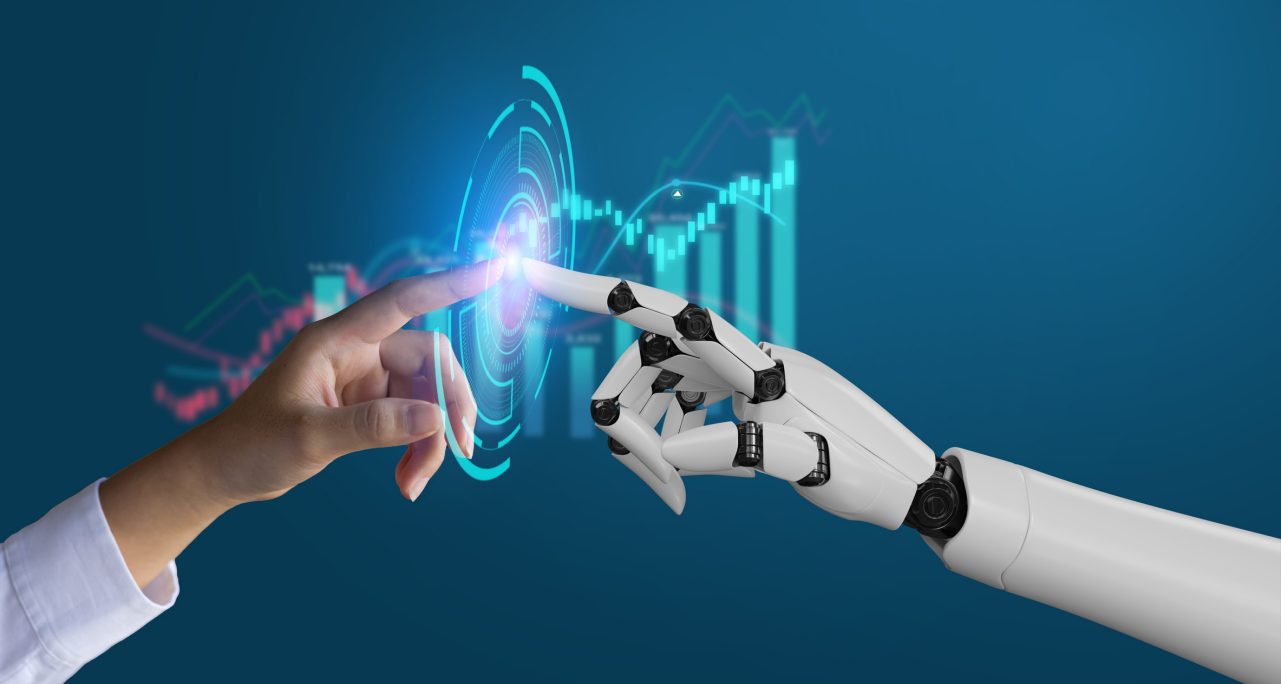CDJ Insights
Uncovering the latest trends and insights in music and technology.
AI or Not AI: That is the Question
Explore the intriguing debate of AI versus human creativity. Dive in to discover what truly makes us human in a tech-driven world!
Exploring the Line Between Human Creativity and AI Generation
As we delve into exploring the line between human creativity and AI generation, it becomes crucial to understand how these two entities complement and challenge each other. Human creativity has always been fueled by emotions, experiences, and a unique perspective shaped by personal history. In contrast, AI generation relies on algorithms and vast datasets to replicate patterns and produce content that, while impressive, often lacks the inherent emotional depth found in human art. For more insights on the contrast between human creativity and AI, you can check out this article by Bernard Marr.
The merging of these two realms raises important questions about the future of artistic expression. As AI tools become increasingly sophisticated in generating music, art, and writing, we must consider what it means to be a creator in the digital age. Can AI-generated content evoke the same feelings or provoke thought as a piece crafted by a human hand? Or is it merely a reflection of our collective creativity? Exploring these questions provides a deeper understanding of the evolving relationship between human creators and AI systems, as highlighted in this MIT Technology Review article.

Is AI Creativity Real? Debunking Myths and Misconceptions
The question of whether AI creativity is real has sparked considerable debate among experts and enthusiasts alike. Many people are quick to assume that machines can only generate outputs based on the data they’ve been trained on, leading to the misconception that AI lacks true creativity. In reality, AI can produce novel and engaging content, art, and music by analyzing patterns and synthesizing information from vast datasets. For a deeper understanding of how AI mimics human creative processes, consider exploring this detailed article on Frontiers in Computer Science.
However, it’s crucial to recognize the limitations of AI creativity. Unlike humans, AI lacks emotions, context, and personal experiences that often drive creative endeavors. Critics argue that what AI produces is derivative rather than original, as it relies heavily on pre-existing work. This point is discussed in detail by the team at MIT Technology Review. Understanding these factors can help demystify the capabilities of AI and provide a more nuanced view of its role in creative fields.
How to Identify AI-Generated Content: Tips and Tools
Identifying AI-generated content is increasingly important in the digital age as more websites leverage artificial intelligence for content creation. One of the first steps is to pay attention to the writing style. Typical markers of AI-generated text include a lack of personal anecdotes, a uniform tone, and sometimes a lack of depth in the subject matter. To help in this task, you can utilize specific content detection tools that analyze text patterns and flag potential AI-generated content. These tools can often assess readability, coherence, and the presence of complexity in sentences, allowing you to spot any suspicious writing.
Another technique involves checking for inconsistencies in the information presented. AI tools can sometimes produce content that includes outdated facts or make erroneous statements. Therefore, cross-referencing key points with credible sources is vital. Websites like Snopes for fact-checking and Wikipedia for background information can be beneficial. Additionally, maintaining an eye out for excessive keyword stuffing or unnatural phrasing can also serve as indicators of AI-generated content, steering readers away from untrustworthy sources.